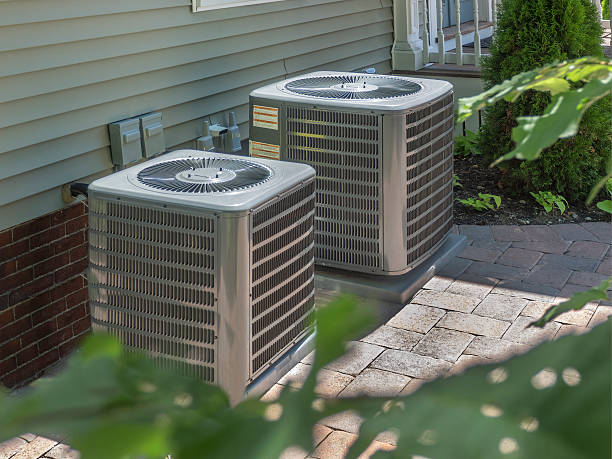
HVAC: Understanding the Basics of Heating, Ventilation, and Air Conditioning
Heating, ventilation, and air conditioning, commonly referred to as HVAC, are an integral part of modern buildings. HVAC systems are responsible for regulating the temperature, humidity, and air quality of indoor environments, making them comfortable and healthy for occupants. In this article, we will explore the basics of HVAC systems and how they work.
Heating
Heating systems are designed to provide warmth to indoor environments, particularly during cold weather. They work by transferring thermal energy from a source, such as a furnace or a boiler, to the indoor space. The most common heating systems include forced-air systems, radiant systems, and hydronic systems. Forced-air systems use ductwork to distribute heated air throughout the building, while radiant systems use hot surfaces, such as floors or walls, to radiate heat. Hydronic systems use water to transfer heat to radiators or baseboard heaters.
Ventilation
Ventilation systems are responsible for circulating fresh air into indoor spaces while removing stale air. They also help regulate the humidity levels in indoor environments. Ventilation systems typically consist of fans, ductwork, and filters. There are two types of ventilation systems: natural and mechanical. Natural ventilation relies on natural airflows through openings in the building envelope, while mechanical ventilation uses fans and ducts to distribute air.
Air Conditioning
Air conditioning systems are designed to regulate the temperature and humidity levels of indoor environments during warm weather. They work by removing heat and moisture from the indoor air and releasing it outside. The most common air conditioning systems include central air conditioning, ductless mini-split systems, and window units. Central air conditioning systems use ducts to distribute cooled air throughout the building, while ductless mini-split systems use individual units to cool specific areas. Window units are self-contained and are designed to fit into a window opening.
Conclusion
HVAC systems are essential for maintaining comfortable and healthy indoor environments. By understanding the basics of heating, ventilation, and air conditioning, building owners and occupants can make informed decisions about their HVAC systems. Regular maintenance and inspections are critical for ensuring that HVAC systems operate efficiently and effectively. By working with qualified HVAC professionals, building owners and occupants can ensure that their systems are operating at peak performance. Contact us!
